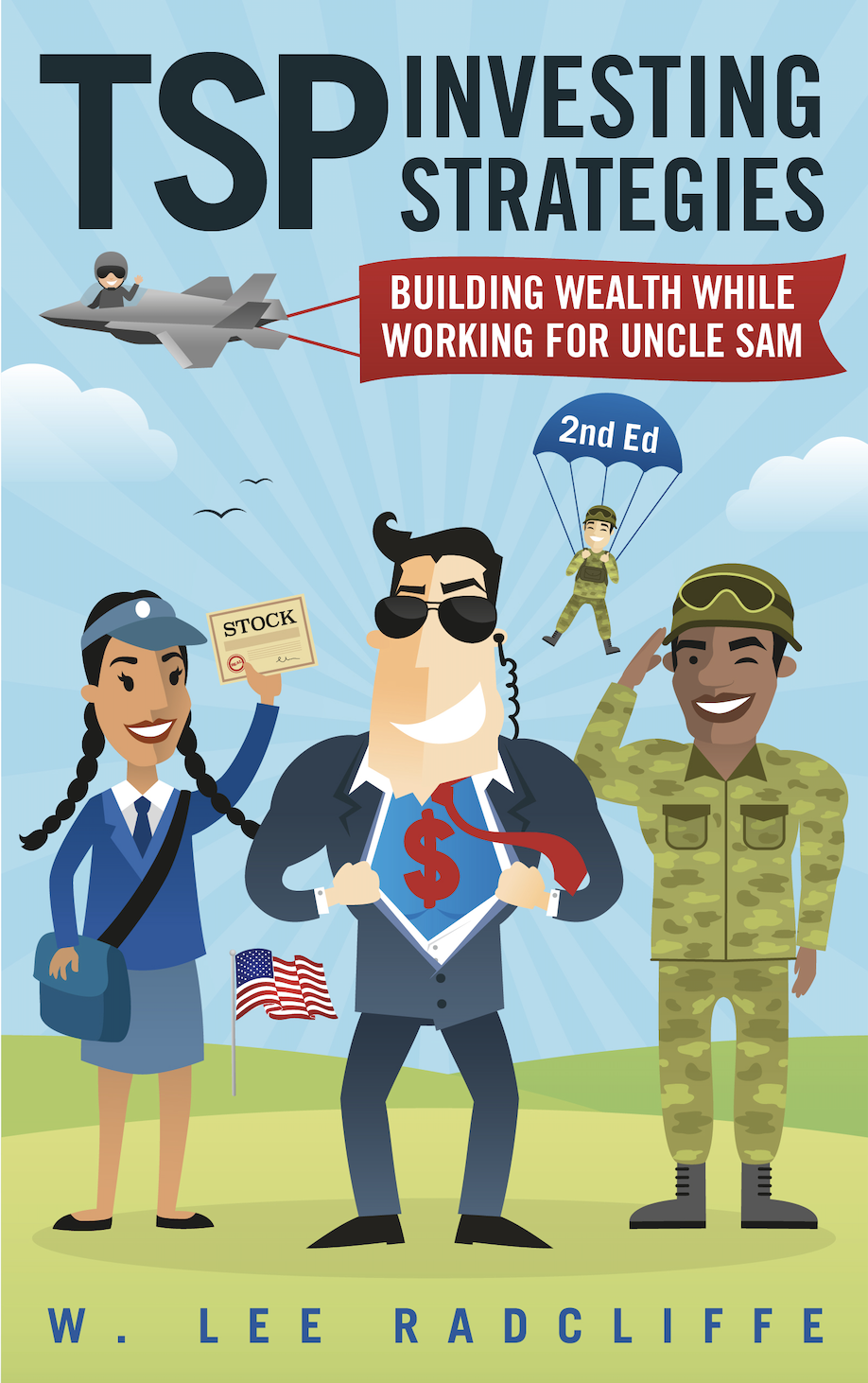Study Recommends Keeping Status Quo for TSP Fund Offerings
March 19, 2013
Are you satisfied with the investment options in your TSP account? Then you will agree with a recent “Investment Option Review” report conducted by Hewitt EnnisKnupp for the Federal Retirement Thrift Investment Board (FRTIB).
On the other hand, if you are looking to further diversify beyond what the TSP has to offer, you may have to wait a while longer.
The review compares the funds offered in the TSP to private sector “peer” plans and to the ten largest public sector plans. The latter includes the New York Retirement Systems – the largest of the public sector savings plans by assets, according to the review – followed by the University of California Retirement Systems, and the Washington State plan.
(It is interesting to note that according to the review, the assets of these ten public sector programs combined total $91.7 billion, less than a third of the approximately $340 billion in the TSP.)
The review covered many different asset classes besides those currently offered in the TSP, such as emerging markets, international small cap stocks, and international bonds. The review concluded:
“Based on our analysis, we did not find any of the seven asset classes/categories that we evaluated in detail particularly compelling as an investment fund addition to the TSP line-up. The simplicity and efficiency of the existing line-up makes the TSP a very attractive offering to participants. We do not believe that the addition of any of these options offered would enhance the efficiency of the Plan without compromising materially on its simplicity. As such, we recommend that the FRTIB maintain the existing structure of its investment line-up and not add any additional investment option to its line-up.”
The review suggested that the FRTIB avoid adding certain asset classes for the following reasons:
-
Non-US Bonds – “the benefits of adding a non-U.S. bond option are minimal” and would “add complexity to a segment of the plan where…additional flexibility is not required and/or meaningful”
-
Value and Growth US Stocks – the C and S Funds “provide exposure to the entire US market”
-
Emerging Market Stocks – there is a “high risk associated with emerging markets” that “has resulted in material losses over relatively short periods of time”
-
Global Real Estate Investment Trusts (REITs) – “TSP participants attain exposure to REITs in market capitalization weights via the C, S and I Funds,” and REITs “exhibit a higher degree of volatility than the broad equity market”
-
Commodities – “commodity prices are influenced by demand/supply considerations rather than the intrinsic value of a security, and future return expectations are uncertain”
-
Emerging Market Debt – “correlation to equities [is] fairly high, coupled with lower expected returns and high risk”
-
Non-US small-cap stocks – “non-US small cap may rank second, next to emerging market equity, as one of the higher risk offerings”
-
TIPS – although technically not included in the review, it noted that the G Fund provides “similar characteristics over the long-term without the related price volatility associated with a TIPS fund”
The report did not cover the following asset classes:
-
Frontier Market Equities
-
High Yield Bonds
-
Private Real Estate
-
Private Equity
-
Hedge Funds
-
Socially Responsible/Corporate Governance Funds
-
Infrastructure
These were eliminated from the review “due to factors such as small market size, illiquidity, lack of passive investment strategies, concentrated strategies, or the TSP participants already gain access to the category through existing investments,” according to the authors.
Of course, these types of studies will become moot when (if) the TSP implements a “mutual fund window” to allow participants to invest in a wider variety of funds outside of those featured in the plan. With a mutual fund window, the minority of TSP participants who wish to invest in a wider variety of funds can do so freely.
Click here to access the full Thrift Savings Plan review.
Related topics: tsp-updates